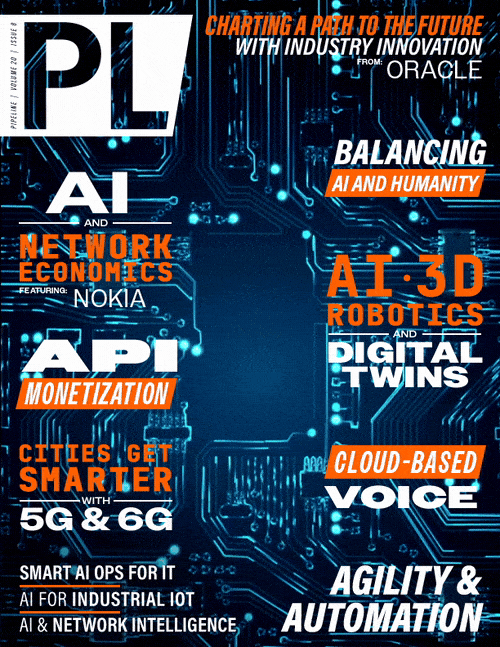The Network Economics of AI are Driving
Bandwidth to the Metro Edge
In the realm of optical networks, there are three distinct segments. Subsea and long-haul networks bridge oceans and continents. They are the backbone of global data transport. Meanwhile, regional networks carry data across metropolitan areas in a region or an entire small country, serving as the intermediaries between long-haul and metro networks. Metro networks are positioned at the network's edge and connect platforms and customers, ensuring seamless local data delivery (See Figure 1, on previous page ).
Modern regional and long-haul optical networks boast impressive scalability, often utilizing 1.2 Tb/s coherent optics and conventional or long-band (C+L) wavelength division multiplexing (WDM) line systems to handle traffic growth rates of 30-40 percent annually. However, the network edge has quite different requirements. This includes supporting a diverse array of services with varying speeds and protocols, providing support for a wide range of applications.
Metro-focused equipment is being implemented in ever smaller and more compact platforms with reduced power and carbon footprints. Additionally, the capability to be deployed beyond traditional telecom or data center environments typical of both regional and long-haul deployments is essential, requiring support for AC power in enterprise settings and extended temperature ranges for outdoor cabinet installations.
Scaling network bandwidth at the metro edge must address and accommodate a variety of use cases. For instance, business services for enterprise and institutional users often involve a range of high-speed services, enabling end users to connect to offices around the world, in addition to private and public peering points, the internet, and edge cloud services.
These business services include fixed bit rate connections, such as 10 Gb/s, 16 Gb/s, 32 Gb/s, 100 Gb/s or greater. Service providers may even define adjustable and fractional bit rate services with either hard or soft isolation. They also span a range of protocols, including fiber channel, optical transport network (OTN), and Ethernet, which includes various carrier Ethernet services defined by the Metro Ethernet Forum (MEF).
In the realm of residential or enterprise services, end users are often provided “last mile” broadband backhaul technologies, such as fiber-to-the-home (FTTH) over PON technology, broadband services over hybrid fiber–coax (HFC) networks, xDSL over legacy copper access lines, or wireless connectivity using 5G or fixed wireless access (FWA) technology. In these scenarios, the broadband access platform aggregates traffic to and from multiple end users and backhauls it from the metro edge to the core over some form of fiber-based aggregation link or metro backhaul network.
Metro data center interconnection involves web scale companies, carriers, or enterprises connecting data centers to each other or to internet exchanges (IX) or peering points across short distances within a metropolitan area. These simple point-to-point connections are often spanned by pluggable coherent optics equipped directly in router ports. They provide scalable, energy-efficient connectivity between sites by using WDM technology to scale capacity across multiple channels over a single fiber pair.
Determining the Ideal Optical Network for the Metro Edge
As we’ve seen, with the growth of AI, autonomy, edge computing, and edge analytics, network operators face the challenge of scaling optical transport link capacity to meet the growing service demands at the metro edge. Unlike long-haul core networks, where fiber scarcity and vast distances necessitate optimization for maximum scale and reach, the metro edge requires a focus on low power consumption and compact form factors characteristic of pluggable transceivers. These include pluggable digital coherent optics (DCOs) in quad small form factor pluggable (QSFP) or C-form factors (CFPs), scaling transport link capacity up to 400 Gb/s or 800 Gb/s per wavelength.



















